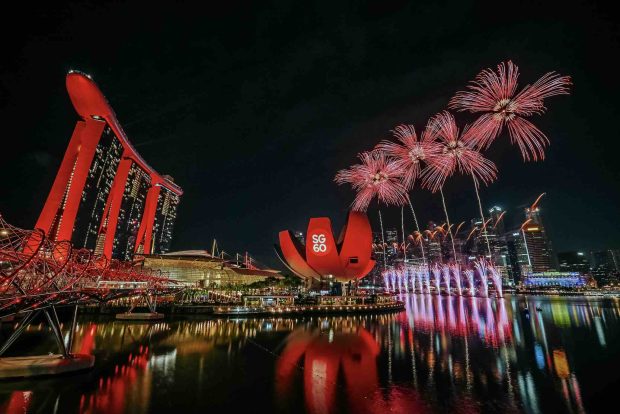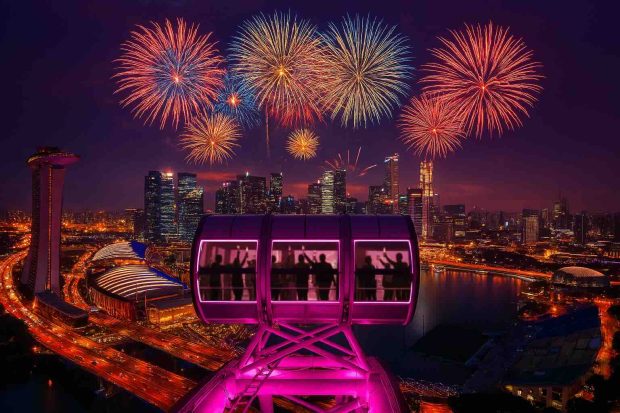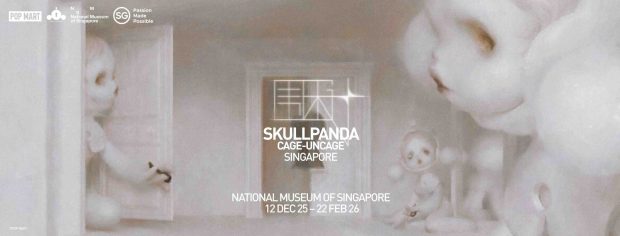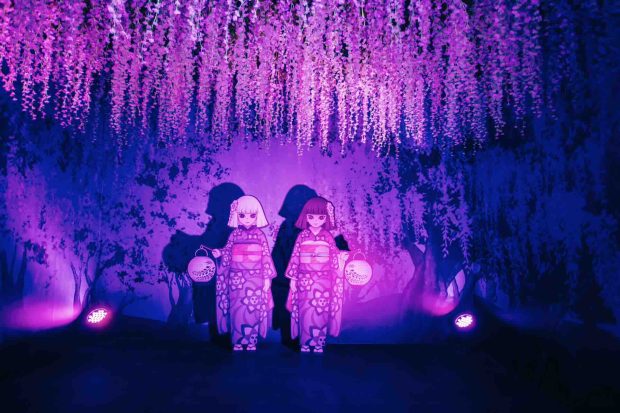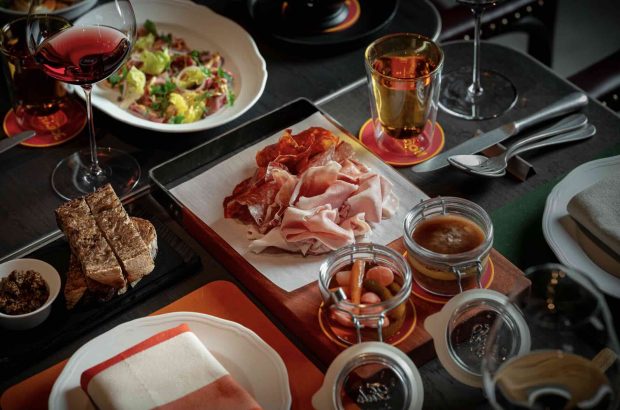Keio Plaza Hotel Tokyo, one of Japan’s most prestigious international hotels located in Shinjuku, Tokyo Japan offers overseas visitors and hotel guests the opportunity to experience Traditional Japanese Tea Ceremony (茶道) at their “Sho-fu-an” Tea Ceremony Room since April 2016. Hosted by an experienced Tea Master, Keio Plaza Hotel Traditional Japanese Tea Ceremony is delivered in the English language with detailed explanations of the various utensils and traditional practices. This unique experience gave us an intimate glimpse into the beauty of Japanese traditions and culture.
Keio Plaza Hotel Traditional Japanese Tea Ceremony
As a form of courtesy, we arrived before the appointed time. Our friendly Tea Master, Yano introduced herself and brought us over to a Tsukubai (stone basin) where we ritually purify ourselves by washing our hands and rinsing our mouths with water. We were supposed to position the wooden ladle back after use in accordance with the weather that day. If it is raining, you are supposed to put the ladle facing downwards and upwards on a sunny day.
Next, we removed our footwear and enter the tea room through a small “crawling-in” door (nijiri-guchi). Yano explained that the tea room is a sacred place where everyone is unarmed (no samurai swords etc), humbled and equal hence all guests should respect the host by bowing and slide through the nijiri-guchi.
Our tea room is considered a Koma (small room) with four and a half tatami mat. She then brought our attention to the items placed in the Tokonoma and the tea equipment placed ready in the room. She explained that the tokonoma is an alcove in the room with a hanging zen word scroll and seasonal flowers. The flower has a higher status than scroll because it is a living object. The hanging scroll reads ‘Once in a lifetime’ which was apt for our case where our tea experience with her is probably a once in a lifetime chance. She shared that the zen scroll was written by a zen monk.
Before embarking on the tea preparation, we were offered a delicate piece of Japanese sweet which is customary before the tea tasting. It looked really pretty and had a similar taste to our snow skin mooncakes.
While we were enjoying our sweet dessert, Yano ritually cleansed each utensil including the tea bowl, whisk, and tea scoop in our presence. In a precise order and using prescribed motions, she placed them in an exact arrangement according to the particular temae procedure being performed. Once the preparation of the utensils is completed, she commenced on the preparation for the tea.
Yano explained that there are two main ways of preparing matcha (抹茶) – thick (濃茶 Koicha) and thin (薄茶Usucha). Koicha is a thick blend of matcha and hot water that requires about three times as much tea to the equivalent amount of water than Usucha. Another difference between the two tea is that Usucha is served to each guest in an individual bowl while one bowl of Koicha is shared among several guests. As beginners, Koicha may be too bitter for us hence our Yano thoughtfully prepared Usucha by whipping matcha and hot water using the tea whisk (茶筅 Chasen).
Yano presented the prepared tea to us individually and carefully ensures that the key graphics for each tea bowl faces us when we receive it. As a form of respect, we were supposed to admire the tea bowl and rotate the key graphic to face her before taking a sip. The matcha was smooth, creamy and absolutely delicious. It commanded a foamy and milky texture despite the absence of milk. That must have come from the skilful whipping of matcha and hot water using the tea whisk.
After tasting the tea, we took time to inspect the tools used in the ceremony and admire the intricacy of the tea bowl that was presented to us as a sign of respect and admiration for the Tea Master. She explained that careful considerations were made in the selection of the tea bowls. Each of us was presented with a tea bowl which she personally felt best suited us. Mom was presented with an elegant tea bowl with crane (a symbol of longevity) and gold motif as a respect for her seniority in the family.
With that, our extraordinary Keio Plaza Hotel Traditional Japanese Tea Ceremony journey has come to an end. Through the experience, I can better understand why Japanese are proud of their traditions. In the pockets of quiet moments when we watched our Tea Master cleansed the utensil and prepare the tea, my mind enjoyed a rare sense of lightness and calm descended for a brief period. To fully appreciate the benefit of this ‘zen’ effect, it would have to be a really silent tea ceremony with experienced guests.
Keio Plaza Brings Japanese Cultural Experience To You
Visitors from over 100 countries around the world, currently account for over 70% of all guests staying at the Keio Plaza Hotel Tokyo. To provide guests with authentic Japanese cultural experiences, the hotel regularly organises traditional Japanese art exhibitions, provides traditional Japanese wedding “kimonos” for rental and events, showcases live Japanese harp “koto” music, host traditional Japanese Tea Ceremonies and other interesting activities. Keio Plaza Hotel Traditional Japanese Tea Ceremony is also available for visitors who are not staying at Keio Plaza Hotel because it is one of the only hotels in central Tokyo with tea ceremony facilities.
Keio Plaza Hotel Traditional Japanese Tea Ceremony
Sessions: 4 times daily (except Thursday & Sundays). Each session last around 30 minutes | Venue: Tea Ceremony Room “Sho-fu-an,” on 10th floor of the Main Tower | Charge: JPY 2,000 per guest per tea ceremony (Includes service charges & tax) | Guest Numbers: The maximum number of 4 guests per tea ceremony | Tea Ceremony Master: Sentousouei Yano (Professor, Dainihon Chado Gakkai)
Do remember to book in advance to avoid disappointment! If you are a fan of Hello Kitty, you may want to read our Keio Plaza Hotel Shinjuku Hello Kitty Themed Experience In Tokyo Japan too!














